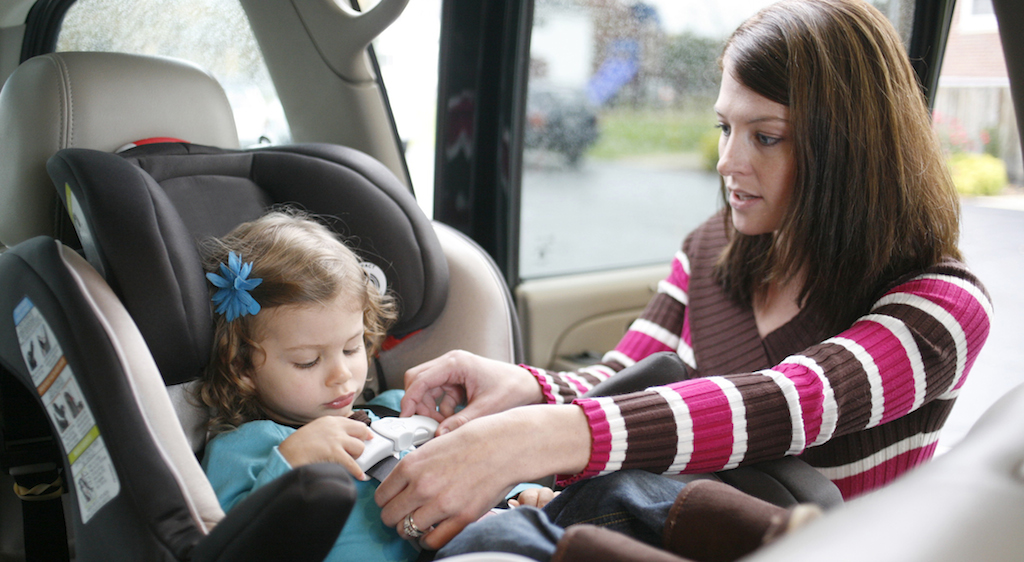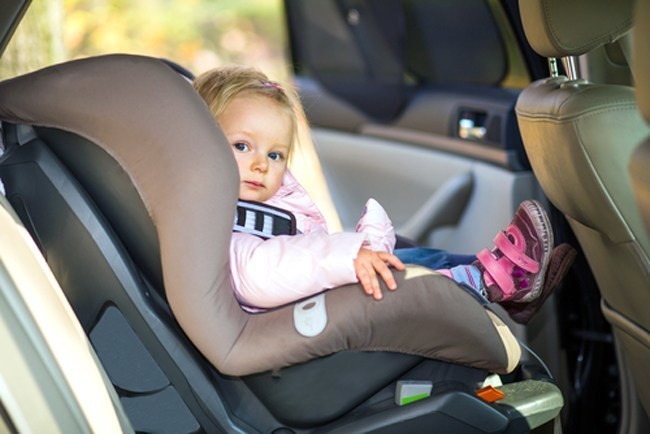In an updated policy statement, scheduled for publication in the November 2018 issue of Pediatrics, the American Academy of Pediatrics establishes new guidelines on car safety seats.
The updated statement “Child Passenger Safety,” accompanied by a technical report, the AAP recommends that children remain in a rear facing child safety seat until they reach the maximum weight or height limits of the seat as recommended by the manufacturer. This statement is contrary to the current AAP age criterion of two years for children to remain in rear-facing car seats.
The original age recommendation was partly based on a study supported by biometric research that found lower risks of injury to children 1 to 2 years old that were rear facing. The data was obtained from crash simulation and history in Europe where children remain in rear-facing child safety seats for longer periods. In 2017 a re-analysis of the data found the injury numbers were too low to reach statistical significance. The AAP made the decision at that time to update its recommendations based on the evolution of the science.
“Car seats are awesome at protecting children in a crash, and they are the reason deaths and injuries in motor vehicle crashes have decreased,” said Benjamin Hoffman, MD, FAAP, lead author of the policy statement and chair of the AAP Council on Injury, Violence and Poison Prevention. “But that also means we just don’t have a large enough set of data to determine with certainty at what age it is safest to turn children to be forward-facing. If you have a choice, keeping your child rear-facing for as long as possible is the best way to keep then safe.”
“Fortunately, car seat manufacturers have created seats that allow children to remain rear-facing until they weigh 40 pounds or more, which means most children can remain rear-facing past their second birthday,” Dr. Hoffman said. “It’s best to keep your child as safe as possible. This is still the safest way for children to ride.”
Although many parents look forward to transitioning from one level of child safety seat to the next, they should check the instruction manual for the manufacturers weight and height limits. Transitioning should not be considered until the child has reached that milestone.
The AAP makes the following recommendations:
- Until infants and toddlers reach the highest height and weigh limits of the rear-facing seat, they should not be transitioned to facing forward.
- Following the transition to facing forward, children should use a forward facing child safety seat with a harness for as long as possible, until they reach the height and weight limits of the seat. Many seats allow for weights of 65 pounds or more.
- Belt positioning booster seats should be employed after the child has exceeded the limits of his or her safety seat, until the vehicles lap and shoulder seat belt fits properly. This is often at a height of 4 feet 6 inches and 8-12 years of age. All children younger than 13 should be restrained in the rear seat for maximum safety.
“Car crashes remain a leading cause of death for children,” Dr. Hoffman said. “Over the last 10 years, 4 children under 14 died each day. We hope that by helping parents and caregivers use the right car safety seats for each and every ride that we can better protect kids, and prevent tragedies.”
“Most important is to use a car seat for every trip.” Dr. Hoffman said. “Using the right car safety or booster seat lowers the risk of death or serious injury by more than 70 percent.”
******
Vititoe Law Group is a personal injury law firm dedicated to the safety and well being of infants, children, teens and young adults. If your child was injured, or lost his or her life, in a motor vehicle accident, reach out to an experienced auto accident lawyer at Vititoe Law Group for a free evaluation of your case. We will get you the justice you and your loved one deserve. No Recovery – No Fee. Call 881-991-8900 today or contact us online.









